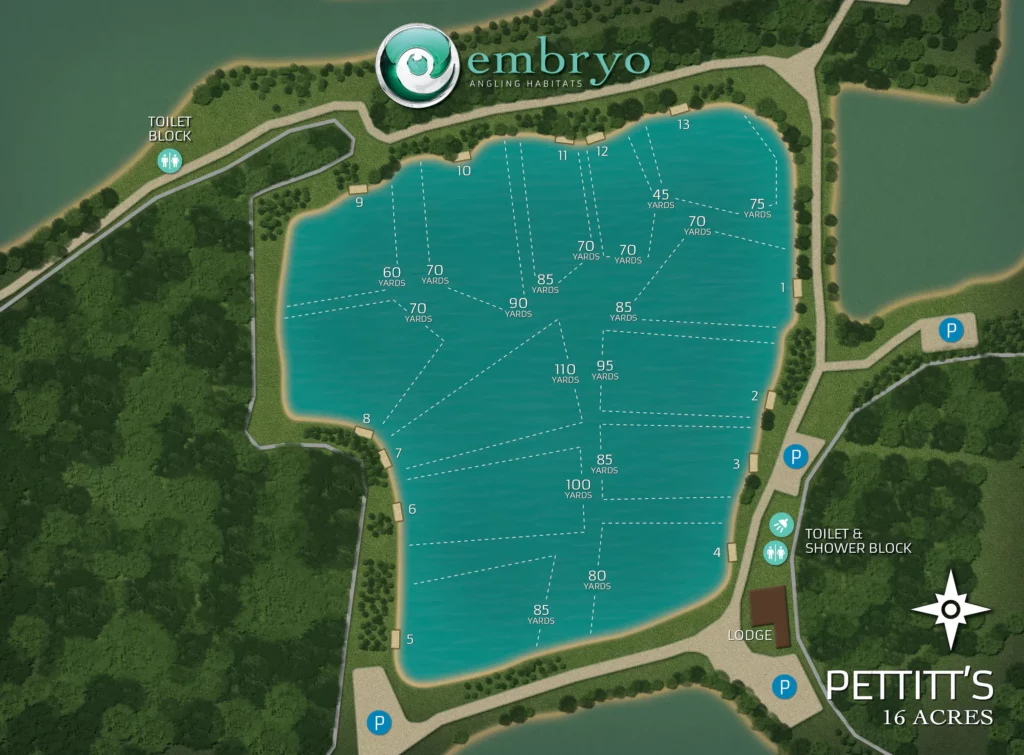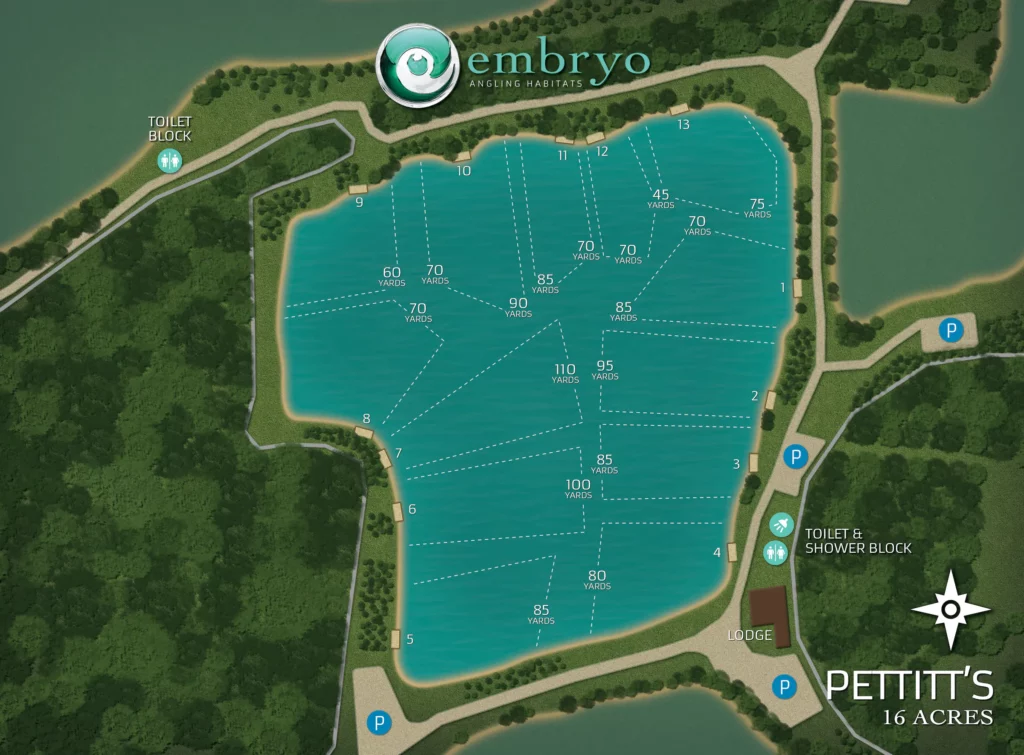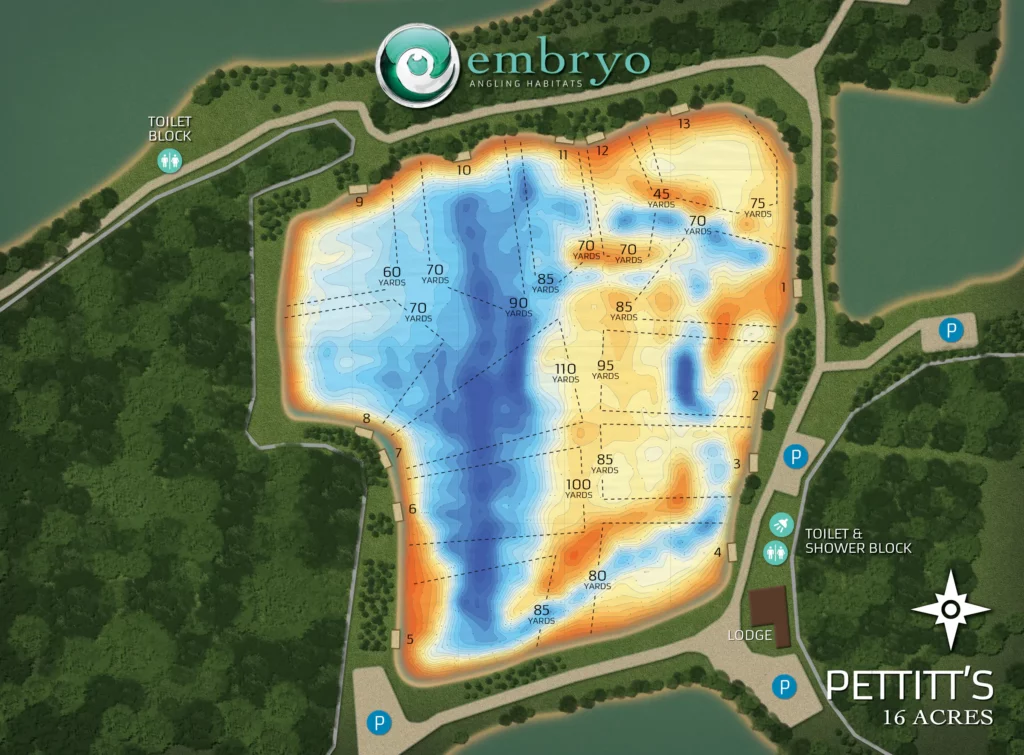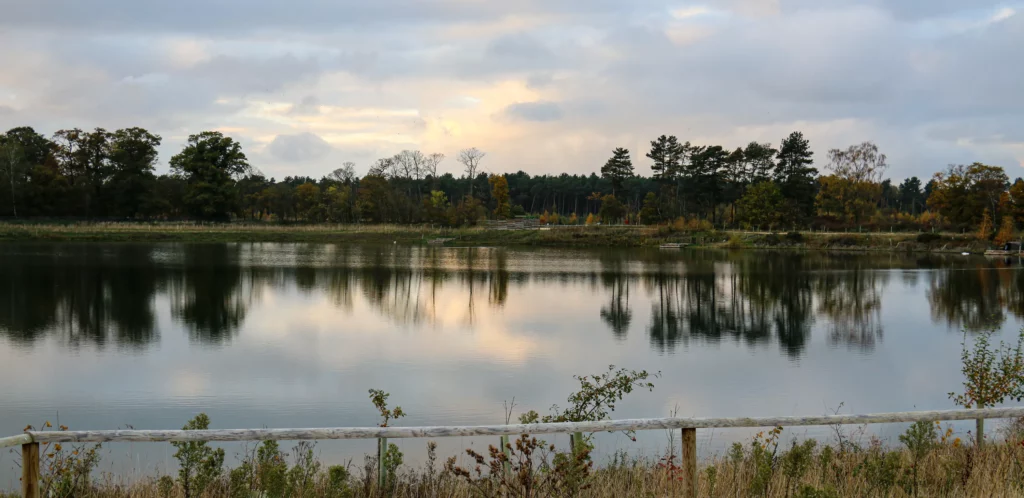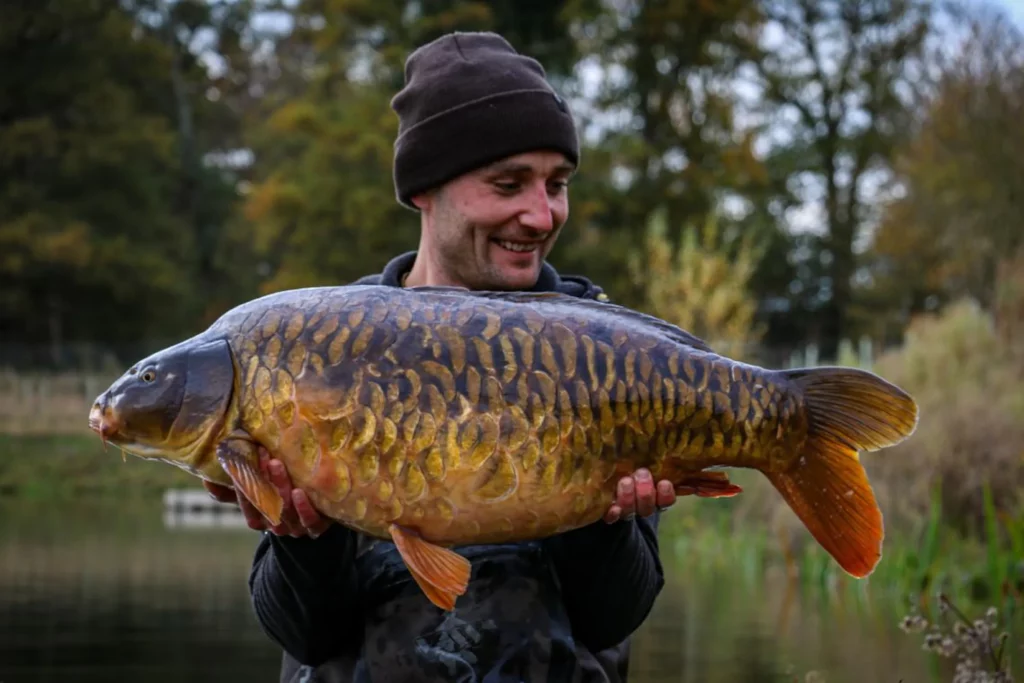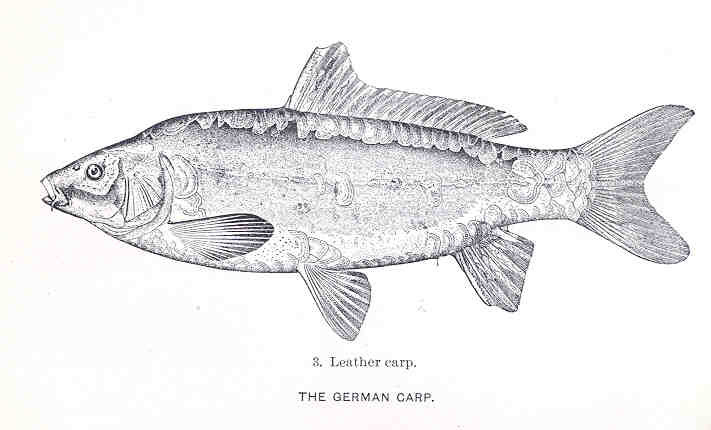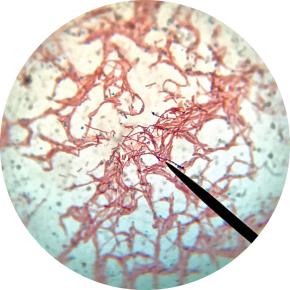While the title “Take notes” may not immediately convey it, this piece delves deeper into the essence of my angling journey, focusing not just on tactics and gear, but on the enduring lessons that have shaped my success over the years. From the inception of the hair rig in the early 1980s, my voyage through the world of carp fishing has been a rollercoaster of experiences – moments of laughter, tears, triumphs, and challenges. From the ever-changing landscape of rig choices to debates over bait quantities and the shifting tides of angling trends, it’s been a journey marked by both confusion and exhilaration.
We all have our own unique perspectives that guide us along our chosen paths. However, alongside personal insights, we often find ourselves influenced by prevailing fashions and trends. Yet, amidst this sea of external influences, it’s vital to retain the ability to think independently and acknowledge our own successes and failures. As I embark on my fifth decade of carp angling, I’m reminded of the wealth of experiences that have shaped my journey. While these experiences may not qualify me as an infallible expert, they have certainly provided valuable insights that I’m eager to share with the next generation of anglers.
So, while I may not have all the answers to the myriad challenges we encounter on the bank, I do possess a wealth of knowledge gained through years of trial and error. And it’s this wisdom that I hope to pass on, regardless of whether it’s to the young or the old, ensuring that the legacy of our angling traditions continues to thrive.

TAKE NOTES!
Throughout my journey, one invaluable lesson stands out above all: the importance of personal discovery. While the angling community is full of well-meaning advice, there’s also the occasional misguided soul looking to throw you off course. It’s essential to listen, absorb, but ultimately trust your own judgment. Over the years, I’ve made my fair share of mistakes following others blindly. However, I’ve always found solace in what my eyes reveal. Observation is the bedrock of my approach, guiding every decision I make on the water.
In our ever-evolving pursuit, tactics and baiting strategies come and go. What remains constant is our ability to adapt, to read the signs nature presents us with. The true essence of carp angling lies in our connection to the environment, to the subtle cues provided by the fish and the weather. In this sense, the eyes truly are our most valuable tool, allowing us to navigate the complexities of the sport with clarity and precision.
YOUR EYES ARE YOUR GREATEST ASSET IN ANGLING.
Above all your gear – hooks, rigs, or line – your eyes are paramount. While polarized glasses can enhance your visibility, especially for close-quarters carp spotting, it’s often the distant vistas that provide the clearest picture. Observing carp behavior is key to successful angling. Whether it’s their movements in specific areas or the telltale signs like bubbles and mud clouds, every observation adds to your knowledge base.
However, the accessibility of modern waters has shifted the angling landscape. Carp have become more abundant and easier to catch, leading to crowded fisheries. Finding a swim, let alone one with carp, can be a challenge, particularly during peak seasons. Many blame their tackle for their misfortune, overlooking the larger issue. Despite the frustrations, embracing these conditions can be a valuable learning experience. Understanding the water, where carp are caught, what baits work, and the preferred areas and swims of successful anglers, is essential for navigating these modern challenges.
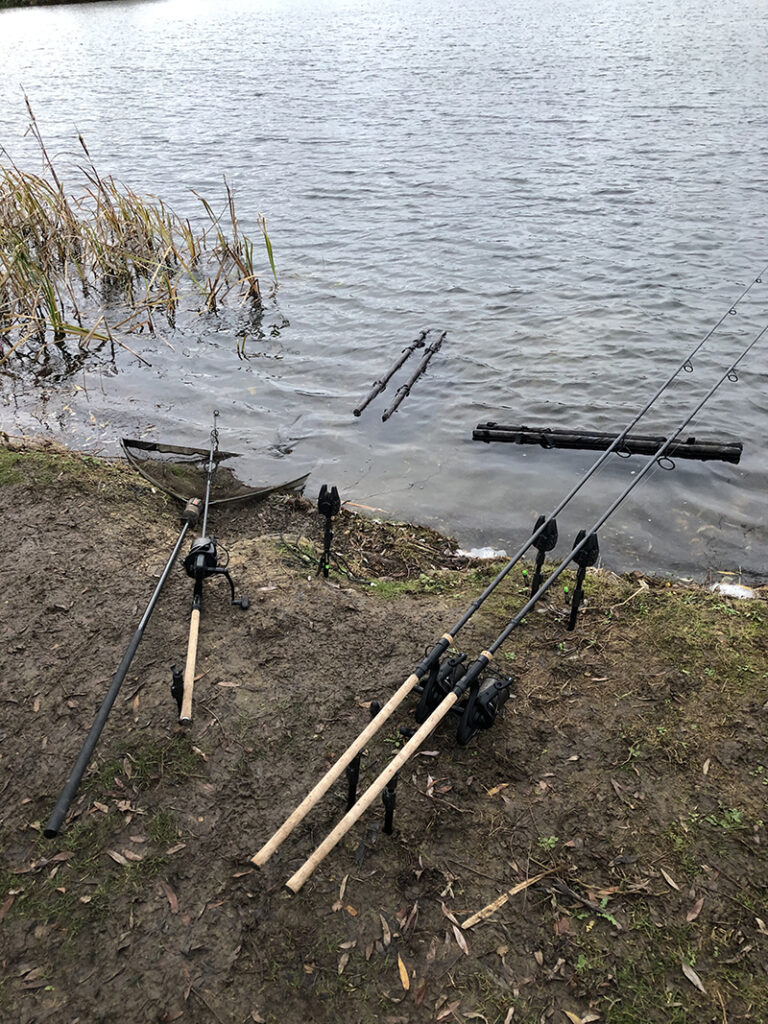
PUTTING THOUGHTS TO PAPER: TAKE NOTES
My trusty notebook has been a constant companion in my angling endeavors, serving as my personal carp fishing archive. Every capture, every detail noted down – from others’ successes to the weather conditions and the number of anglers present. These entries, meticulously recorded over many years, form a rich tapestry of angling experiences.
The value of this information extends beyond the immediate session. I often find myself revisiting past entries, mining them for insights and strategies. Sometimes, it leads to instant success; other times, it serves as a guiding light for future outings. Each notebook, brimming with maps and swim details, is a testament to my dedication to the craft.
While technology offers tempting shortcuts, I remain steadfast in my reliance on pen and paper. There’s something inherently satisfying about the act of writing, a process that cements knowledge and sparks inspiration. And when a prized catch like the 44.04 common graces my net, I’m reminded of the pivotal role my notes played in its capture.
Reflecting on these records is not just about personal growth; it’s also about respecting the wisdom shared by fellow anglers. By taking ownership of my learning journey, I’ve unlocked a deeper appreciation for the sport and its challenges. For me, the true joy of carp fishing lies in this pursuit of knowledge, a journey that enriches every catch and fuels my passion further.

WHEN EVERYTHING FALLS INTO PLACE!
Ultimately, it boils down to a personal battle between me and the carp, regardless of the knowledge I’ve gleaned from various sources. This philosophy has kept my passion for fishing alive and well. By gathering and analyzing information firsthand, I’ve maximized the rewards of each catch – whether it’s celebrating the capture of a prized 43.14 target mirror or eagerly anticipating the next challenge.
Wishing you all tight lines and memorable angling adventures and do not forget to “take notes”.
Best regards,
IAN ‘CHILLY’ CHILLCOTT


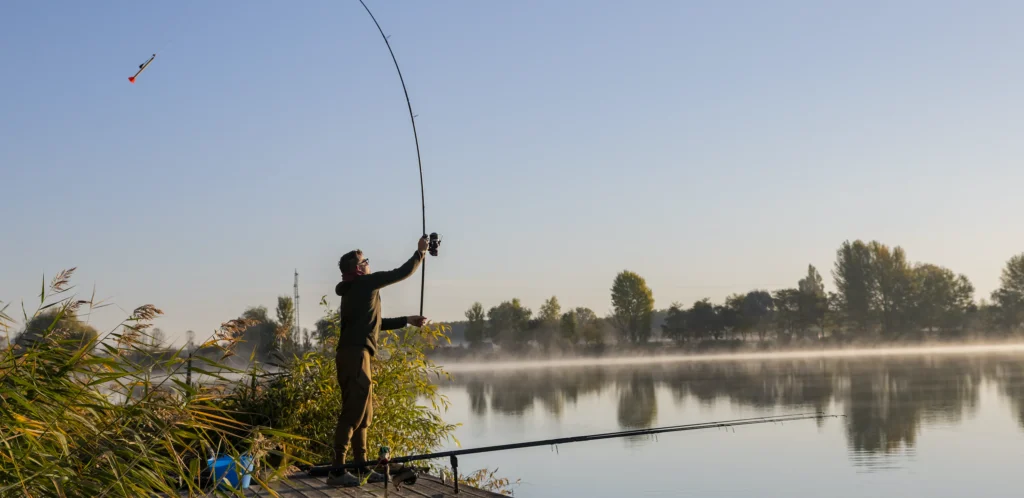
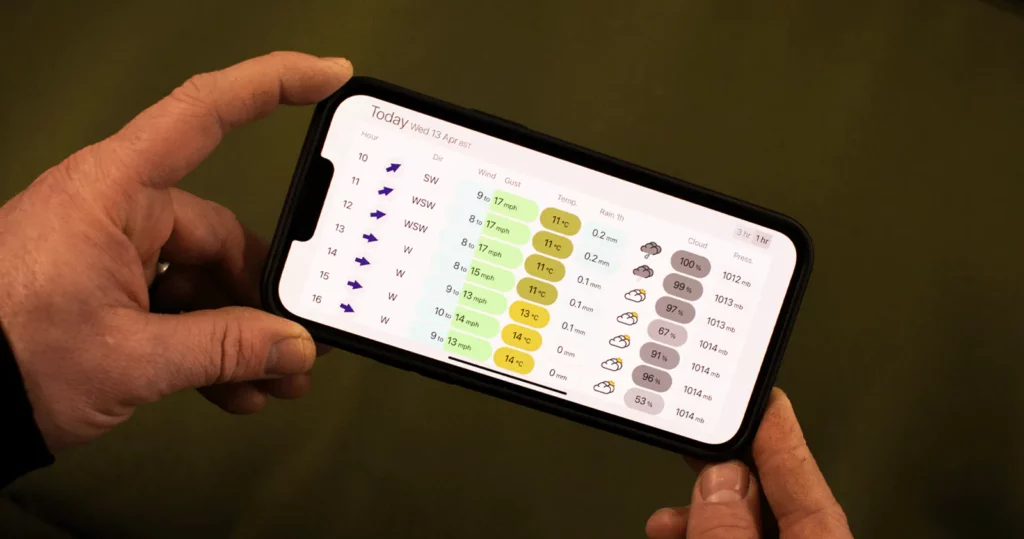
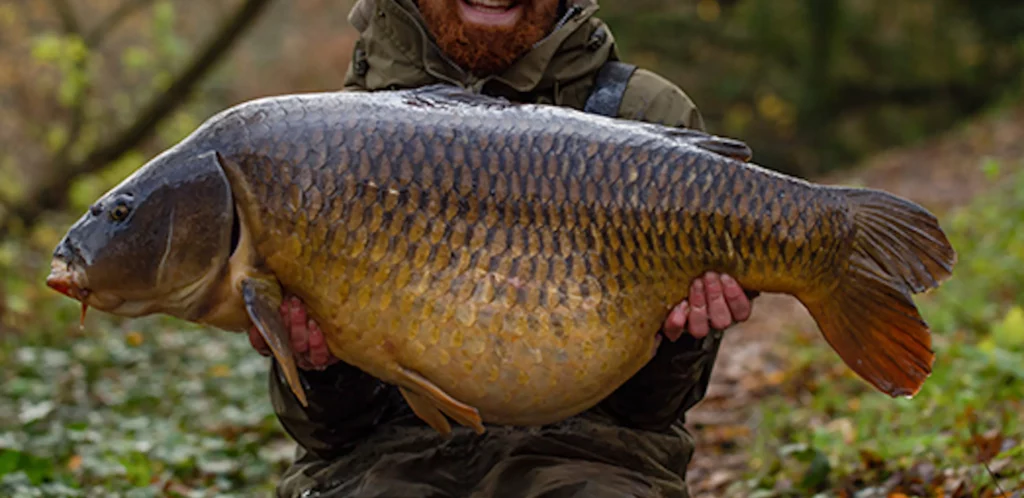
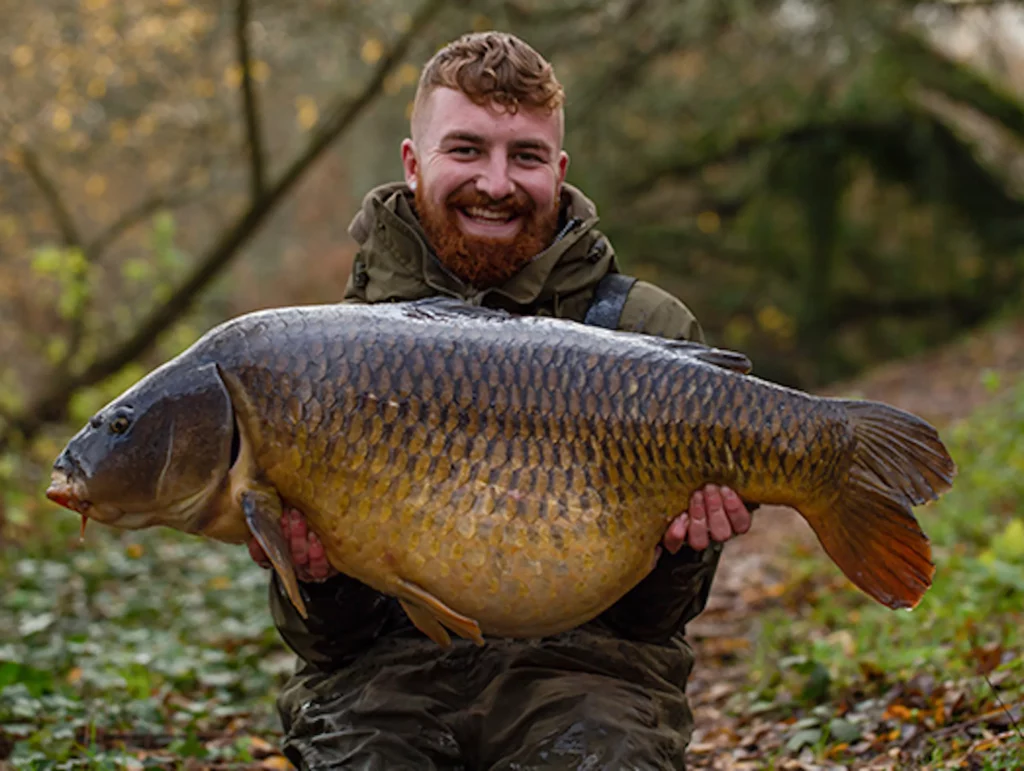
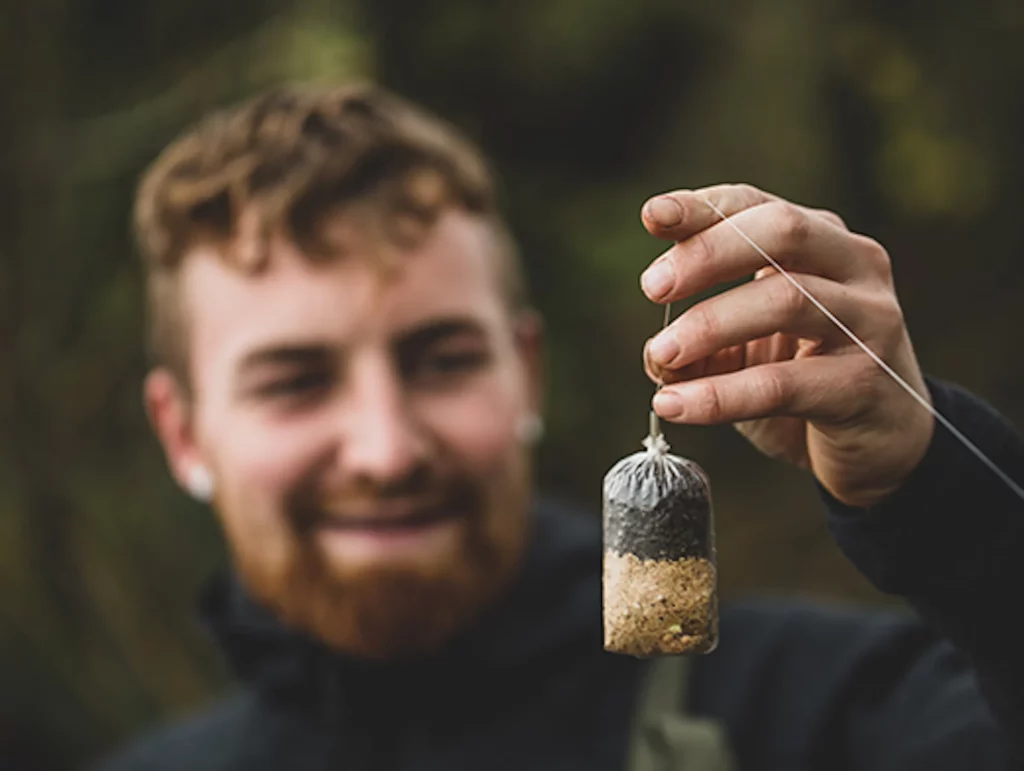
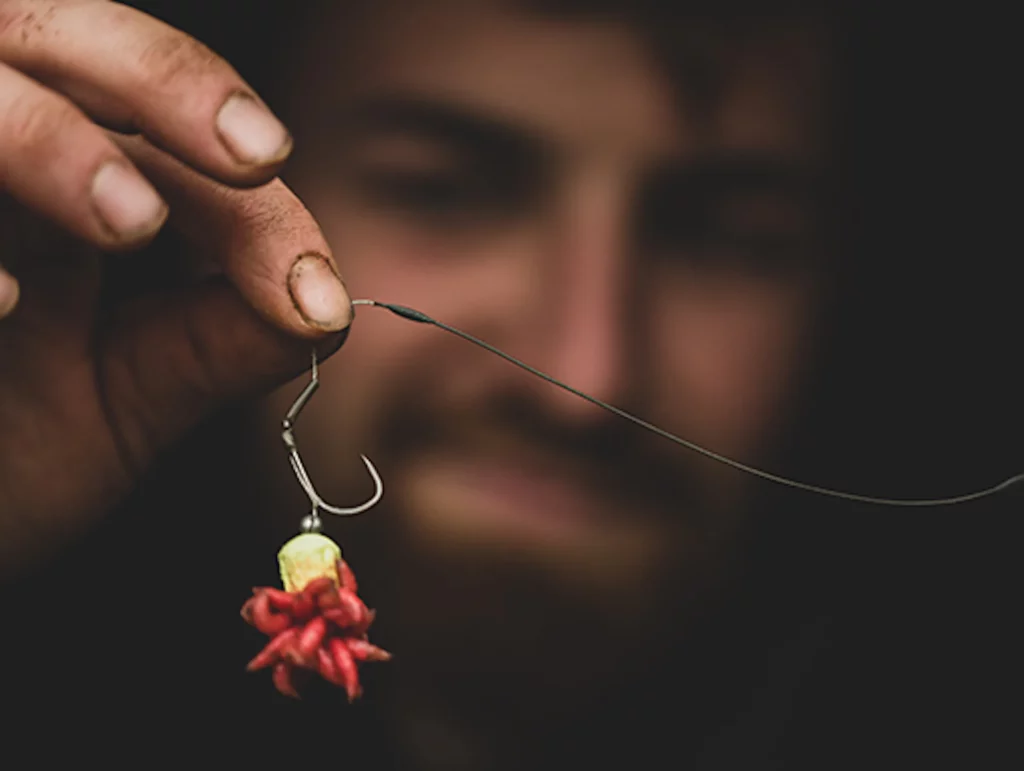
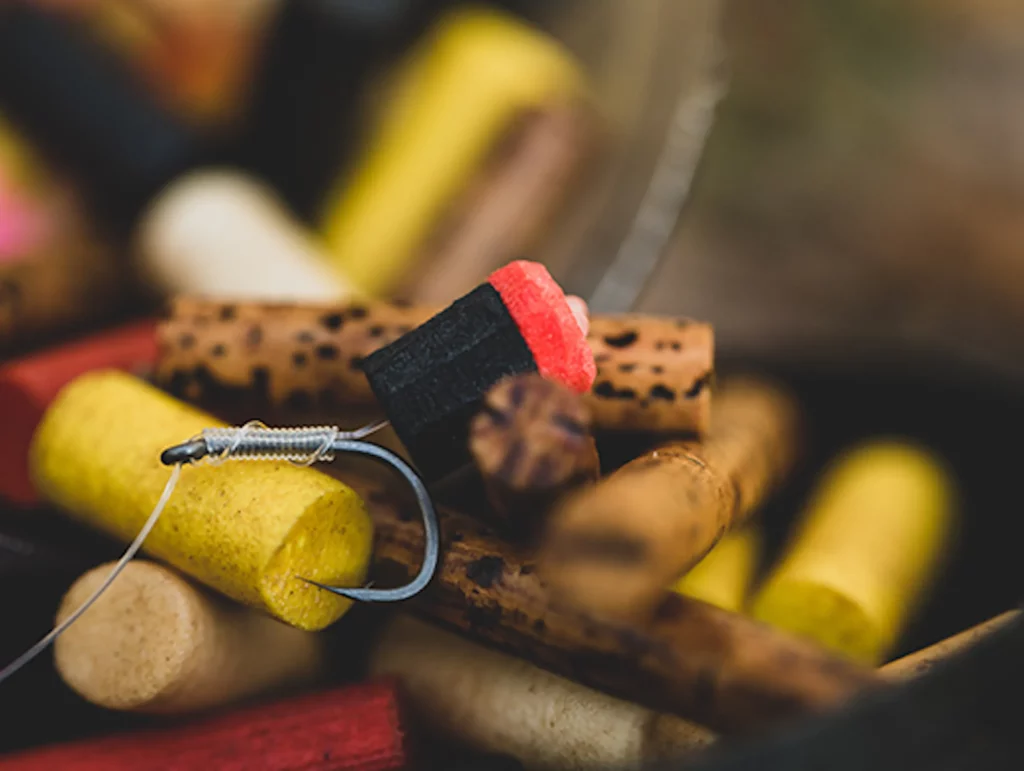
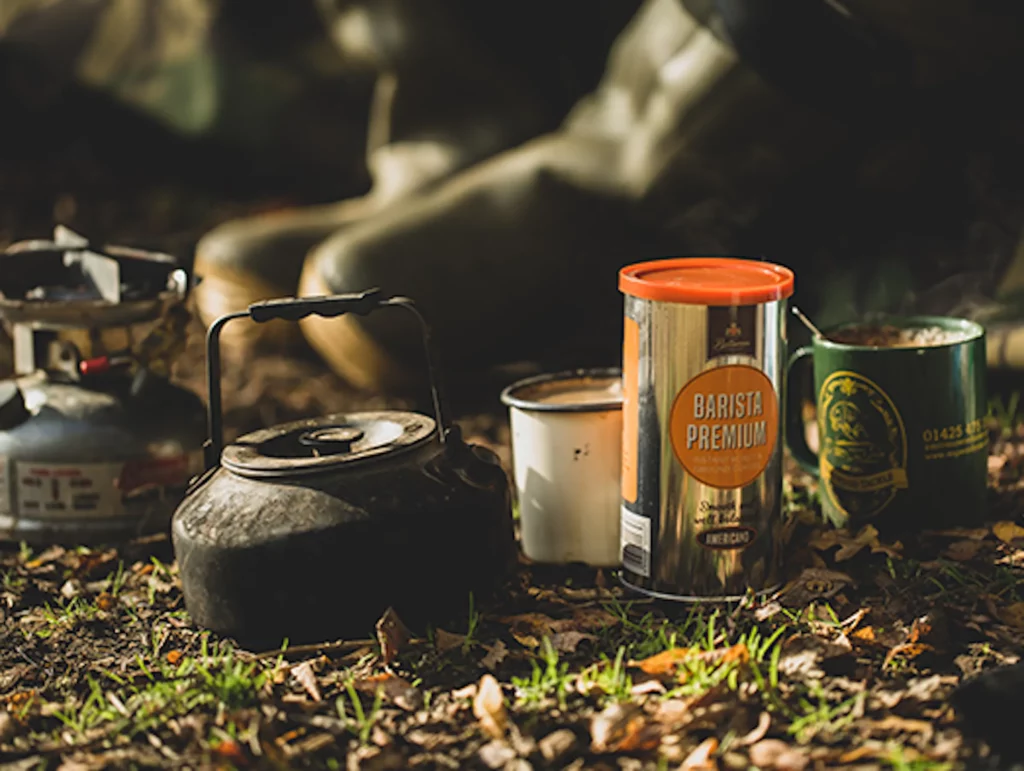

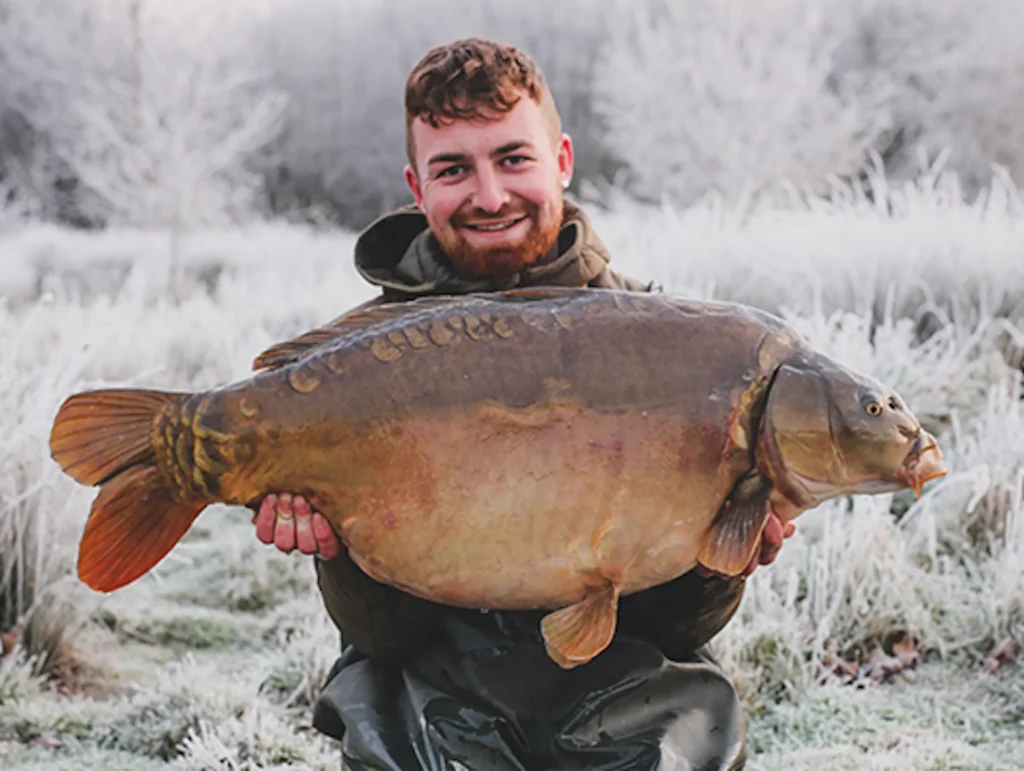
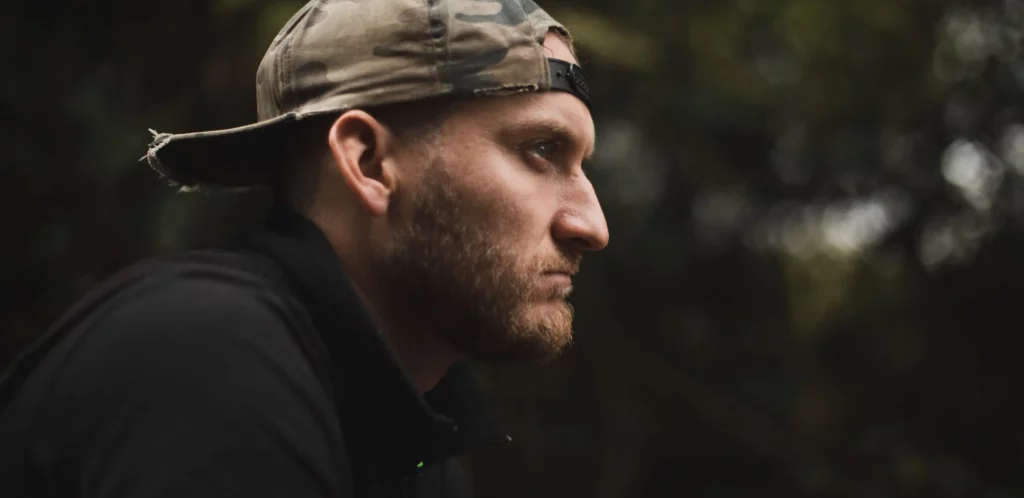
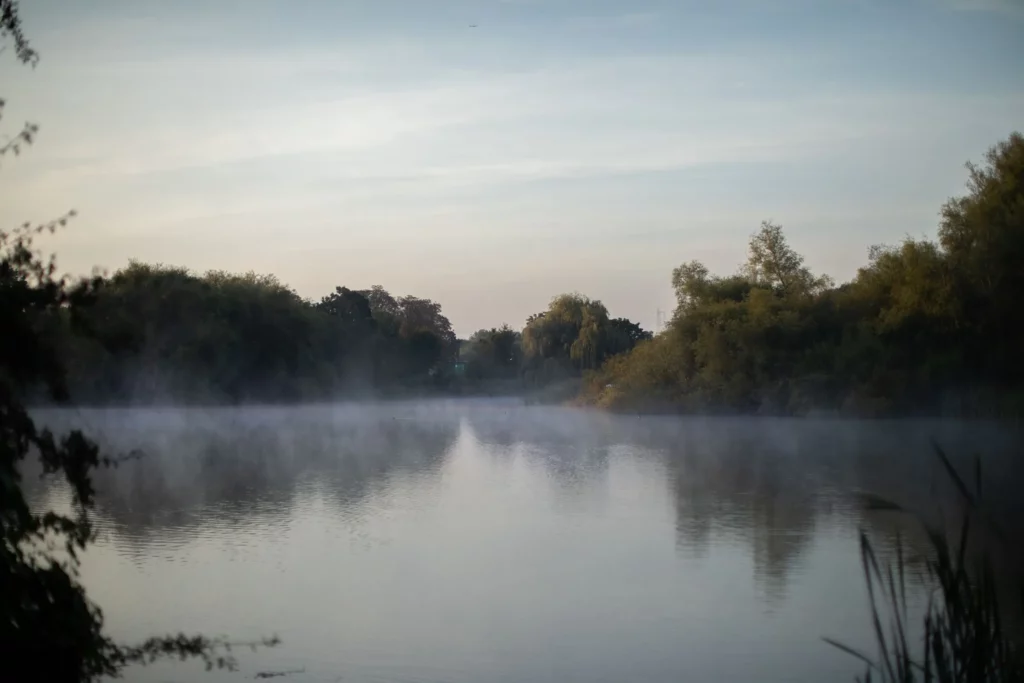 In my journey through carp fishing, one undeniable truth has surfaced – location is the linchpin of a successful catch. It’s the heartbeat of the entire game; nothing else matters unless you’re right on top of the carp. Let’s dive into the essentials of locating carp (Guide to Mastering Carp Location Strategies), as I break down the key points from my perspective.
In my journey through carp fishing, one undeniable truth has surfaced – location is the linchpin of a successful catch. It’s the heartbeat of the entire game; nothing else matters unless you’re right on top of the carp. Let’s dive into the essentials of locating carp (Guide to Mastering Carp Location Strategies), as I break down the key points from my perspective.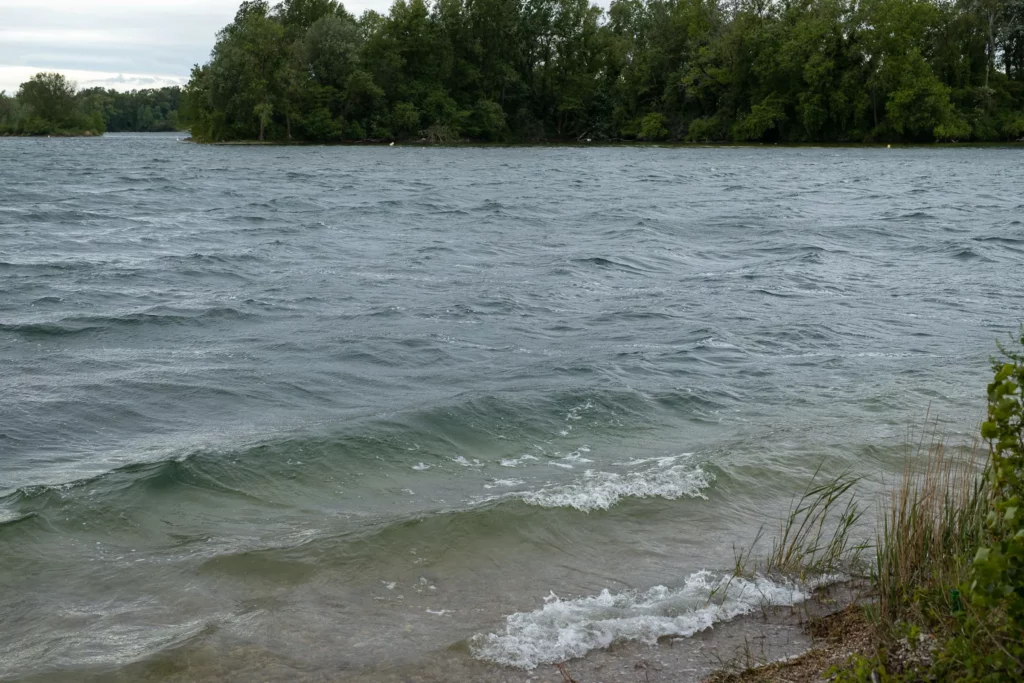 Explaining precisely where an angler should position themselves on each fishing trip is akin to navigating a labyrinth. There are countless factors that can shift fish locations. However, amidst this complexity, a few simple rules stand firm, serving as reliable guides throughout the fishing seasons.
Explaining precisely where an angler should position themselves on each fishing trip is akin to navigating a labyrinth. There are countless factors that can shift fish locations. However, amidst this complexity, a few simple rules stand firm, serving as reliable guides throughout the fishing seasons.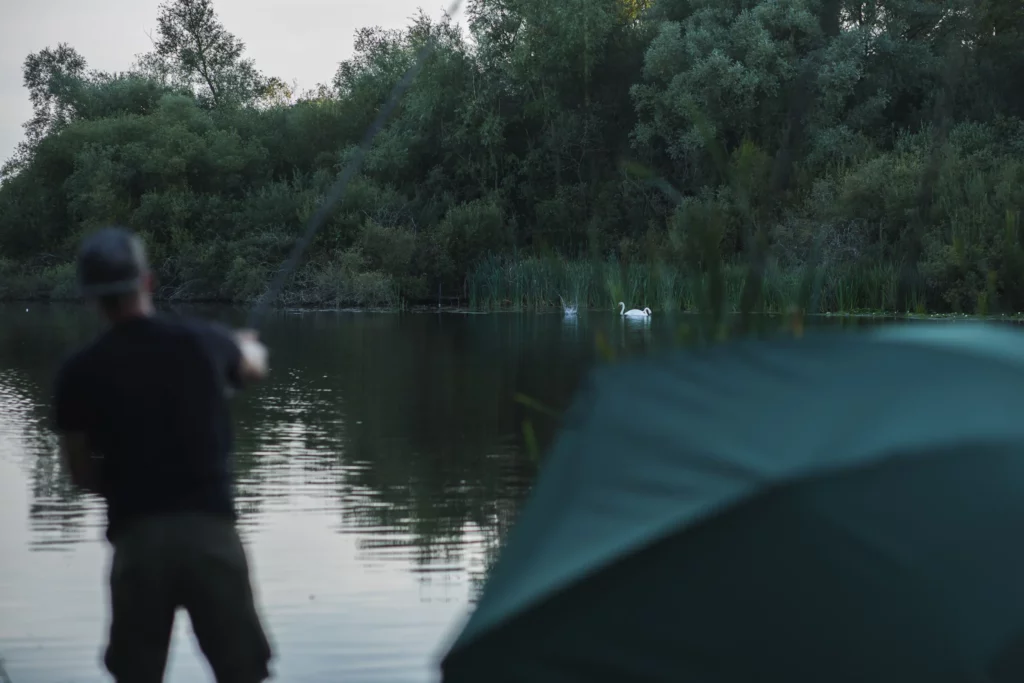 Guide to Mastering Carp Location Strategies: What should you look for?
Guide to Mastering Carp Location Strategies: What should you look for?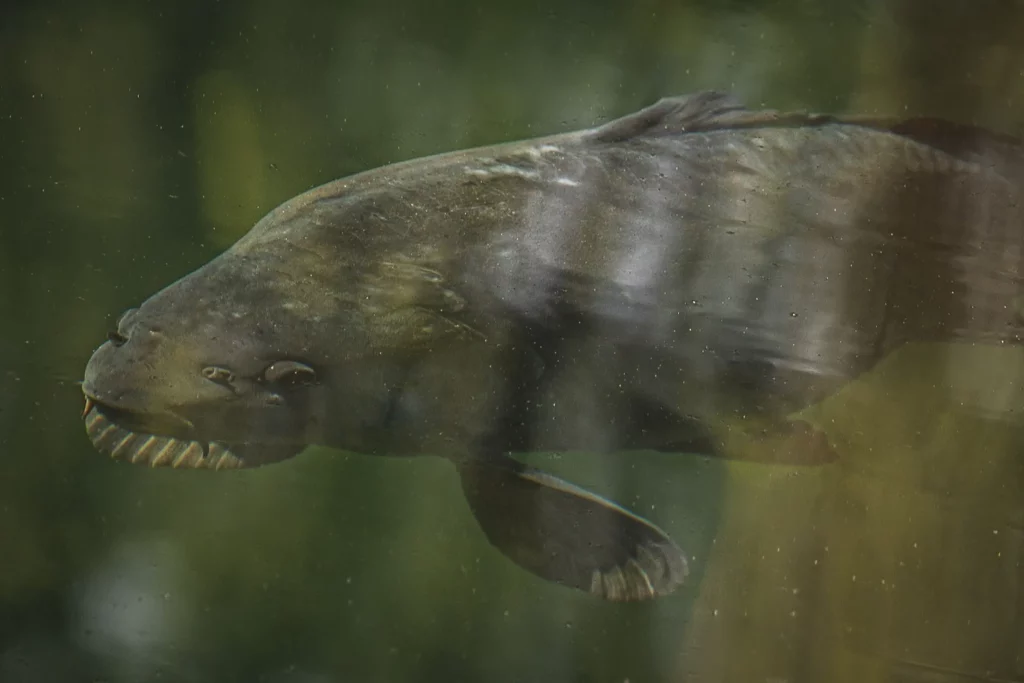 Guide to Mastering Carp Location Strategies: Let’s talk weather
Guide to Mastering Carp Location Strategies: Let’s talk weather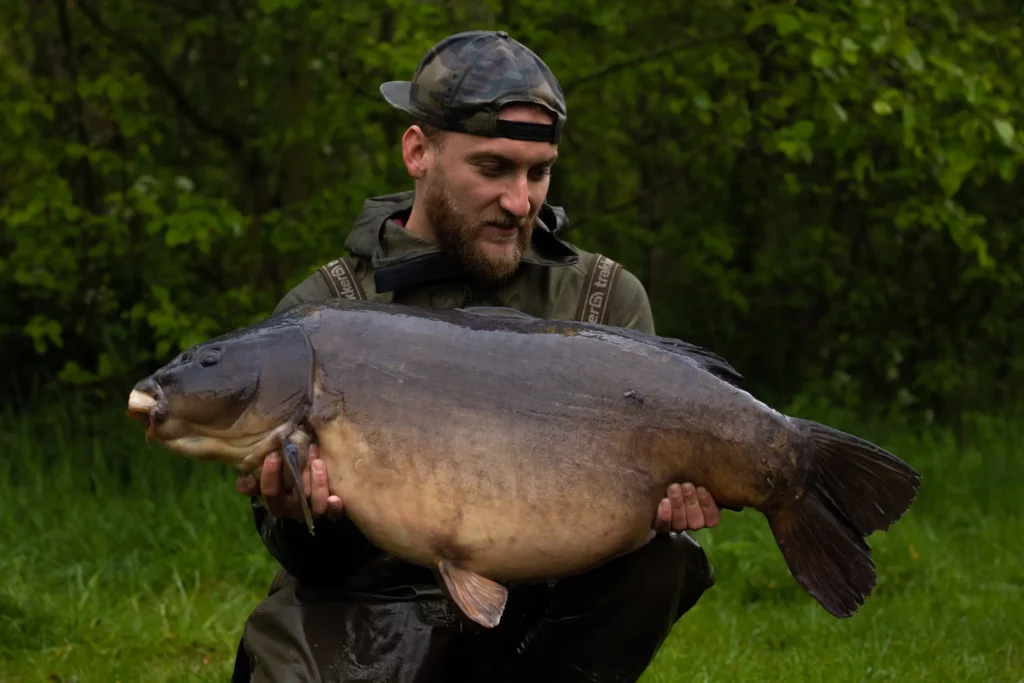 Fishing for liners might not be a tactic for finding fish initially, but once you’re confident in the area, paying attention to smaller things, like liner activity, can make a difference in hook bait placement.
Fishing for liners might not be a tactic for finding fish initially, but once you’re confident in the area, paying attention to smaller things, like liner activity, can make a difference in hook bait placement.